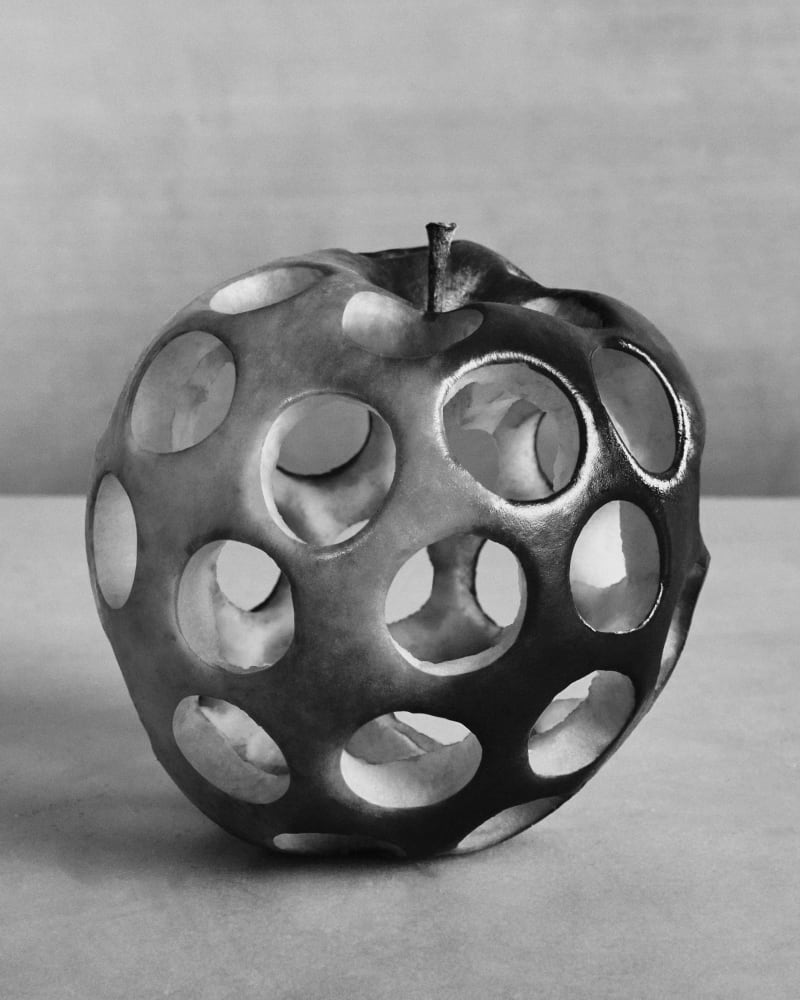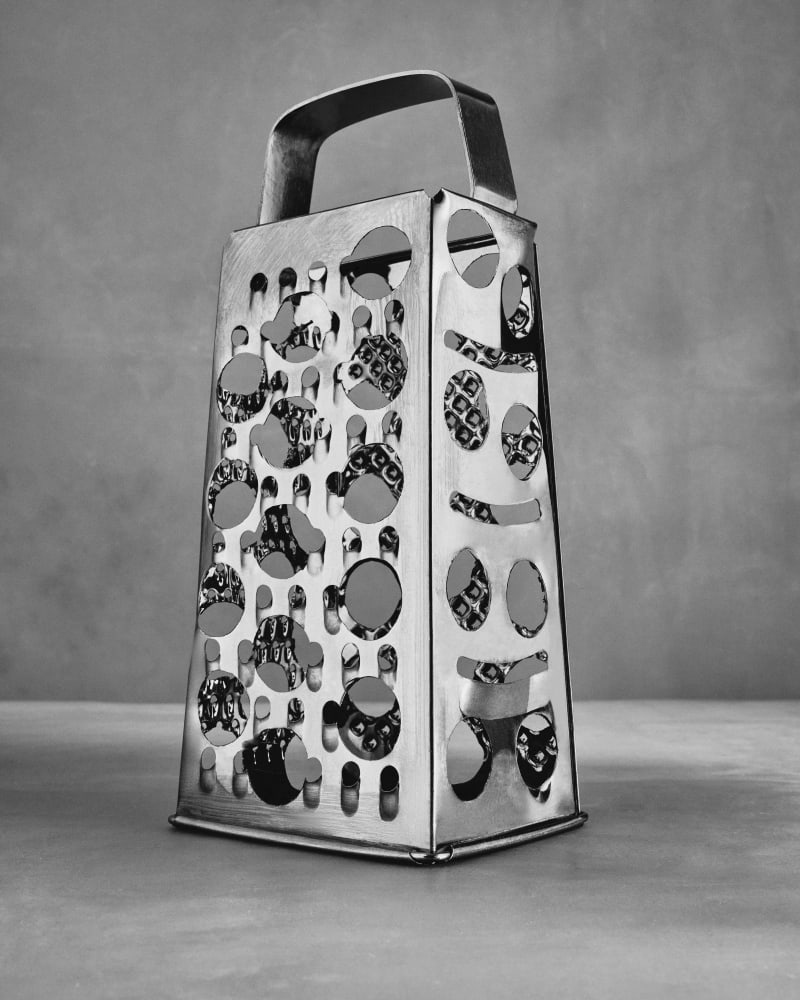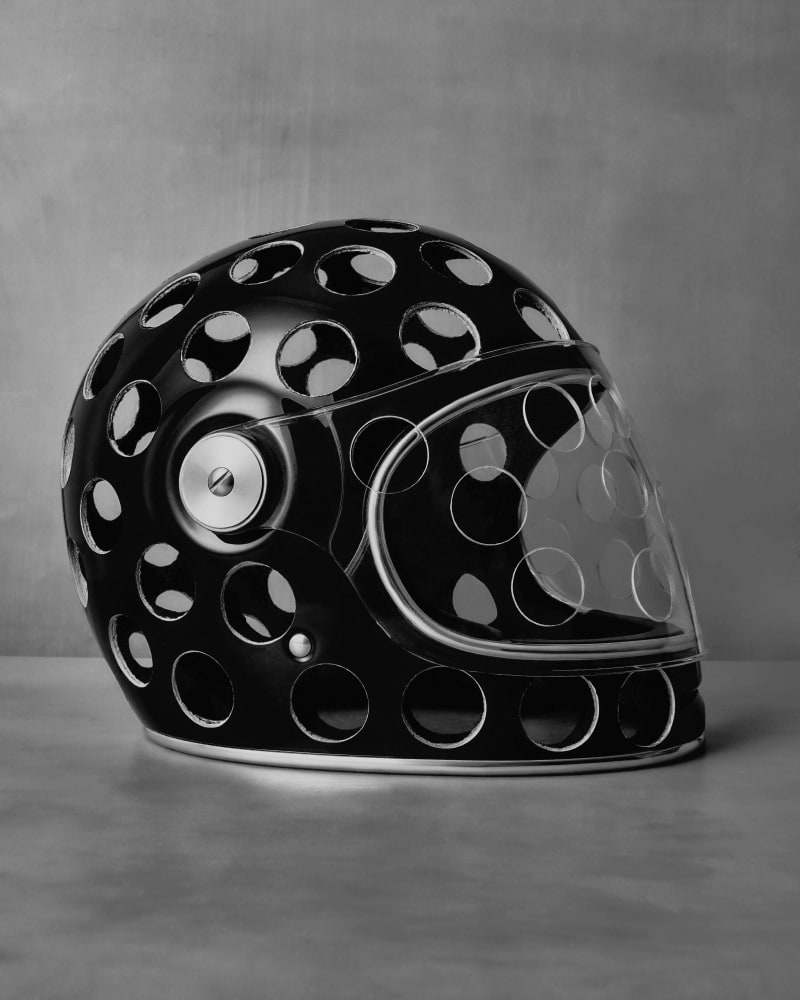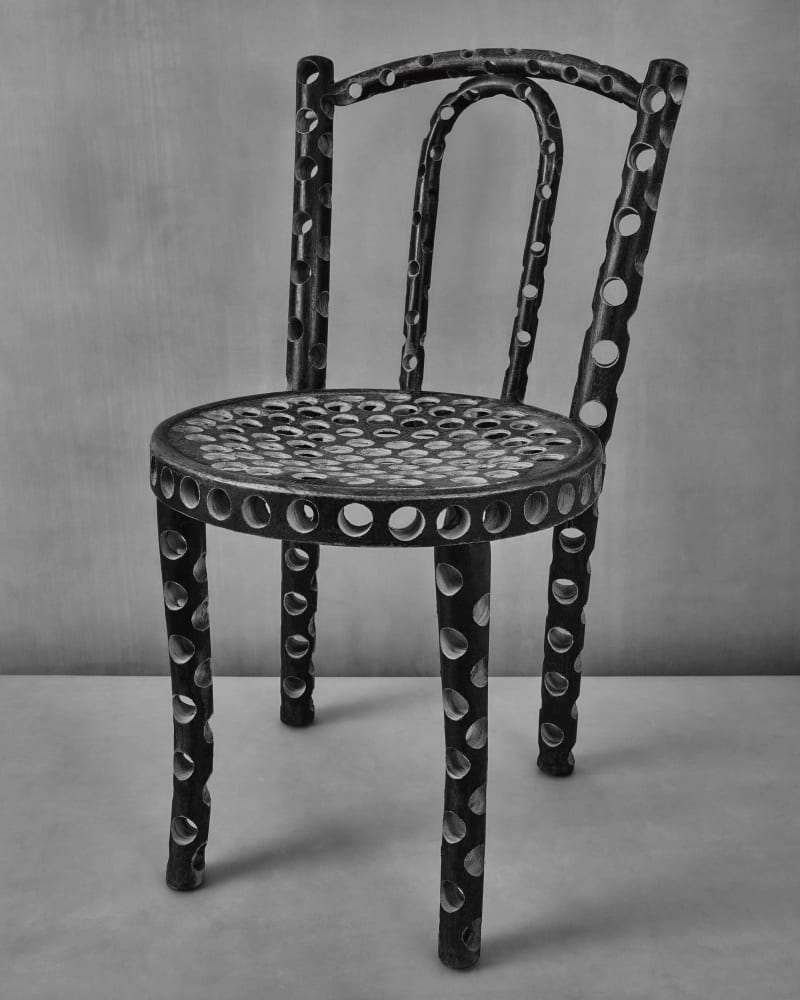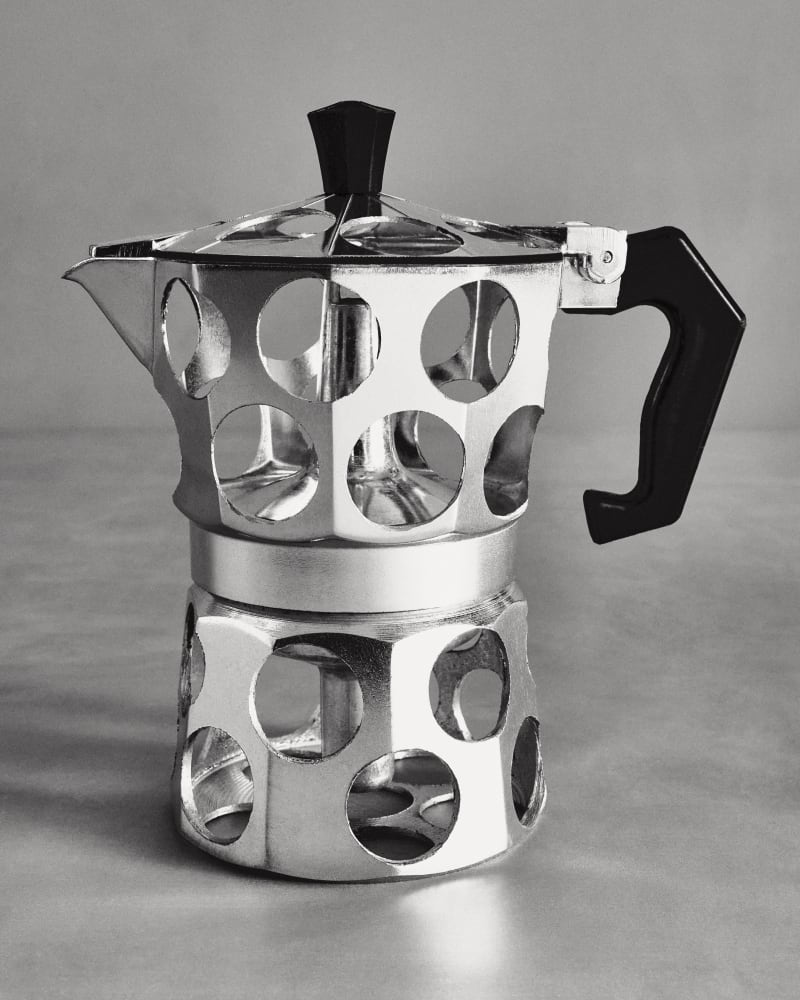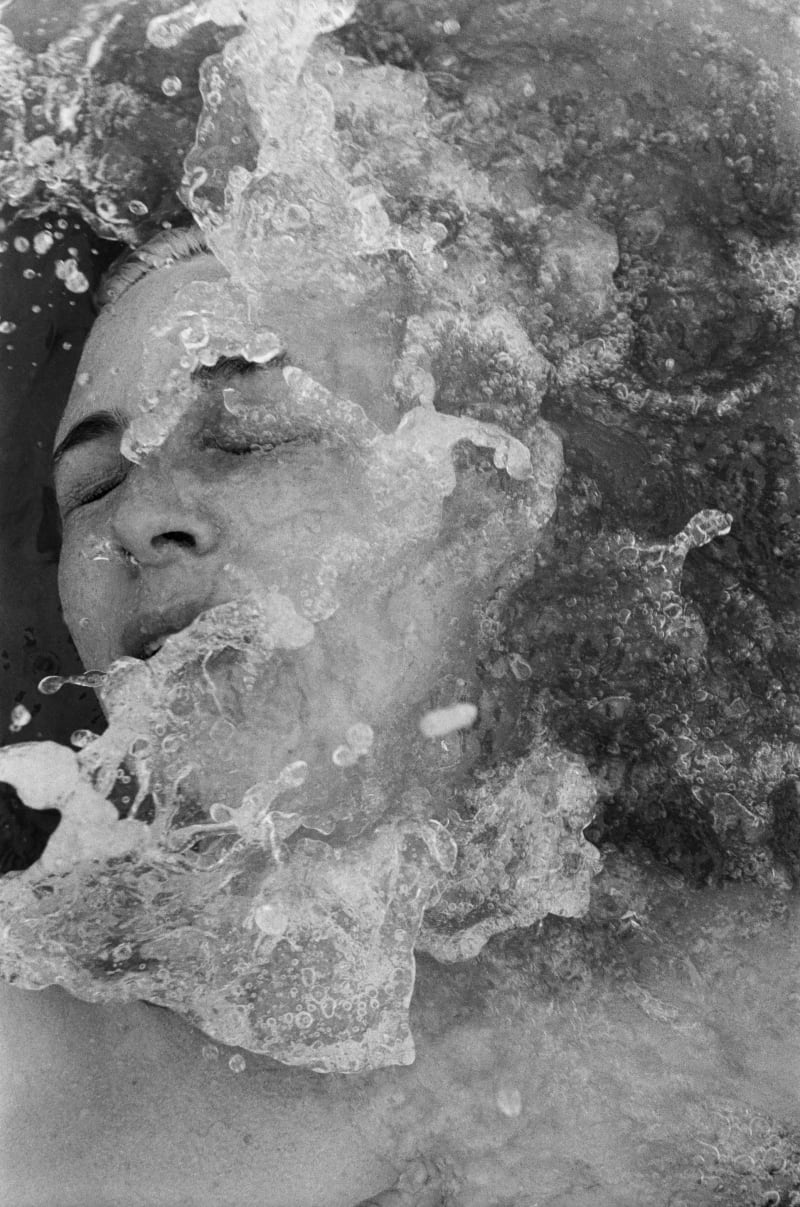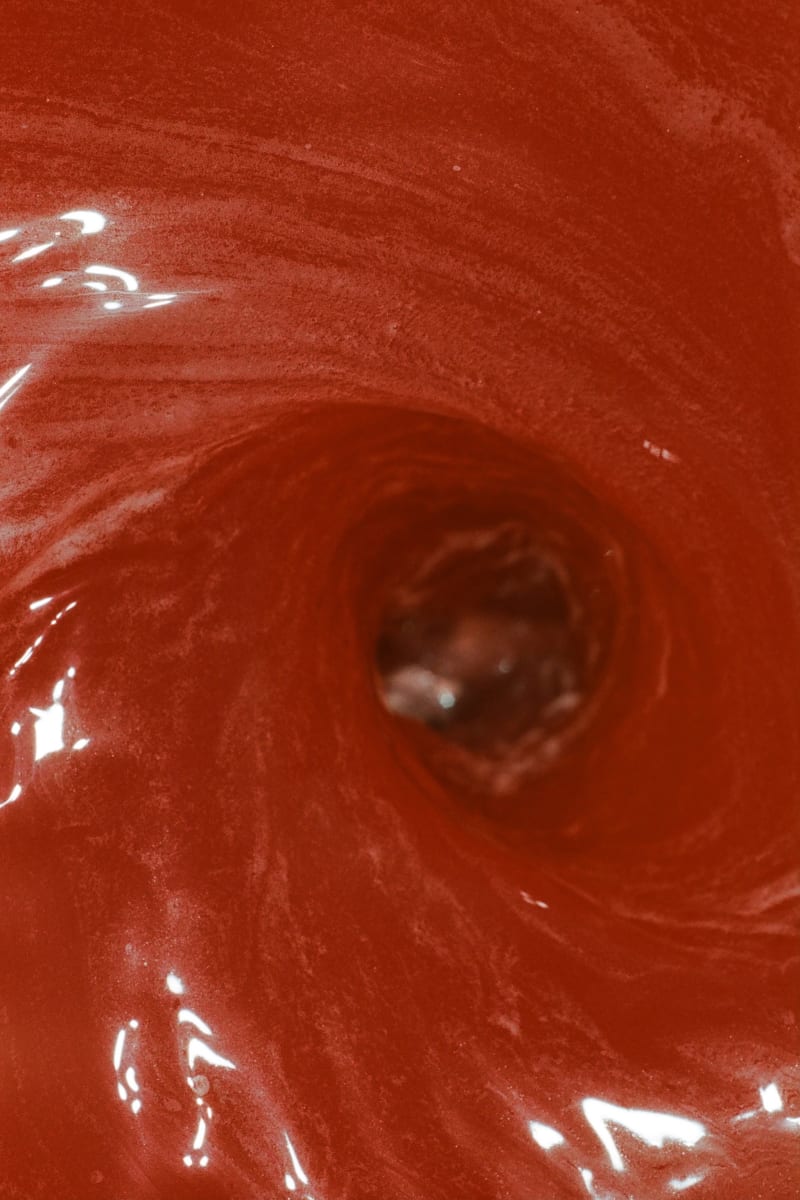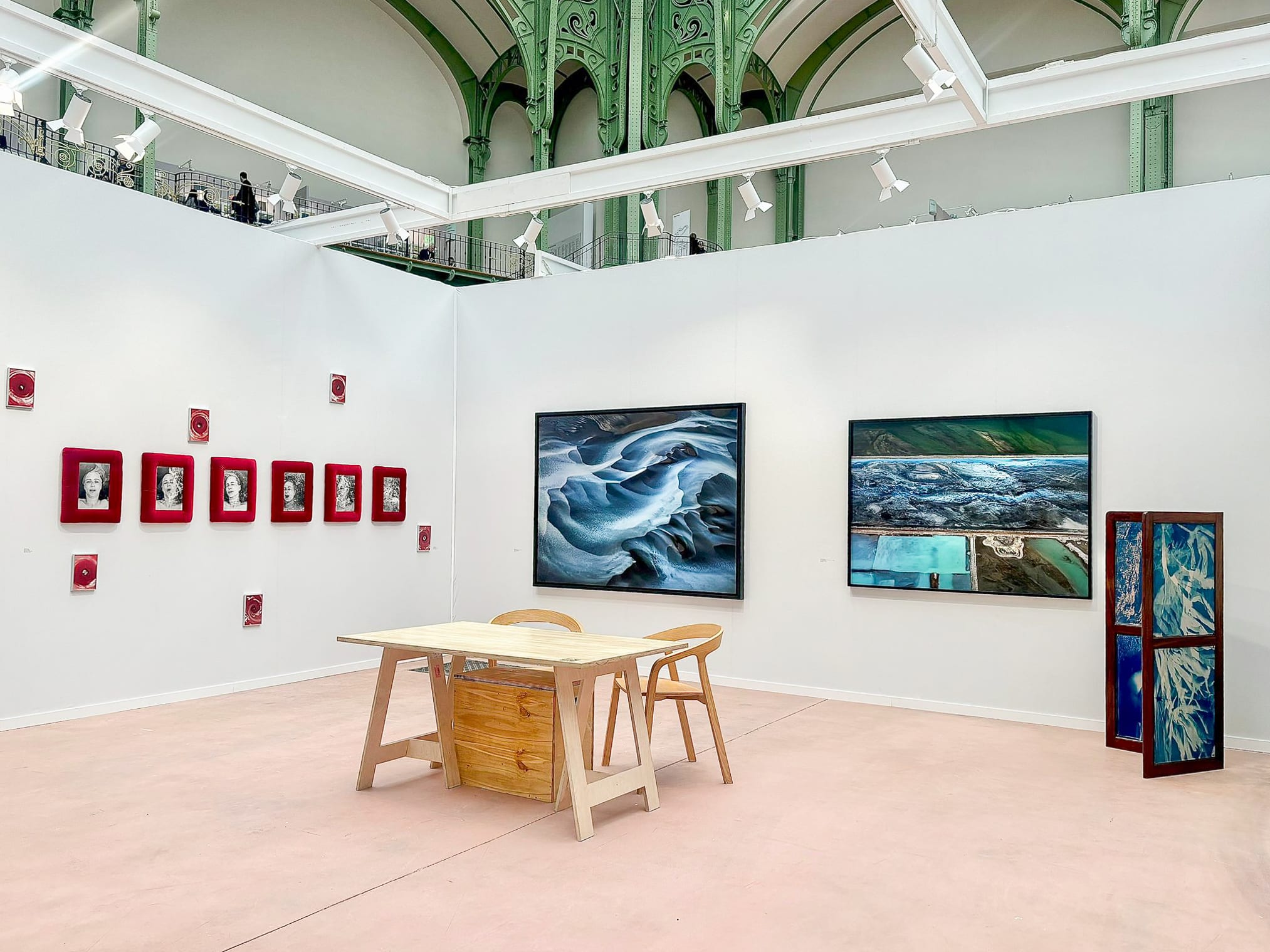

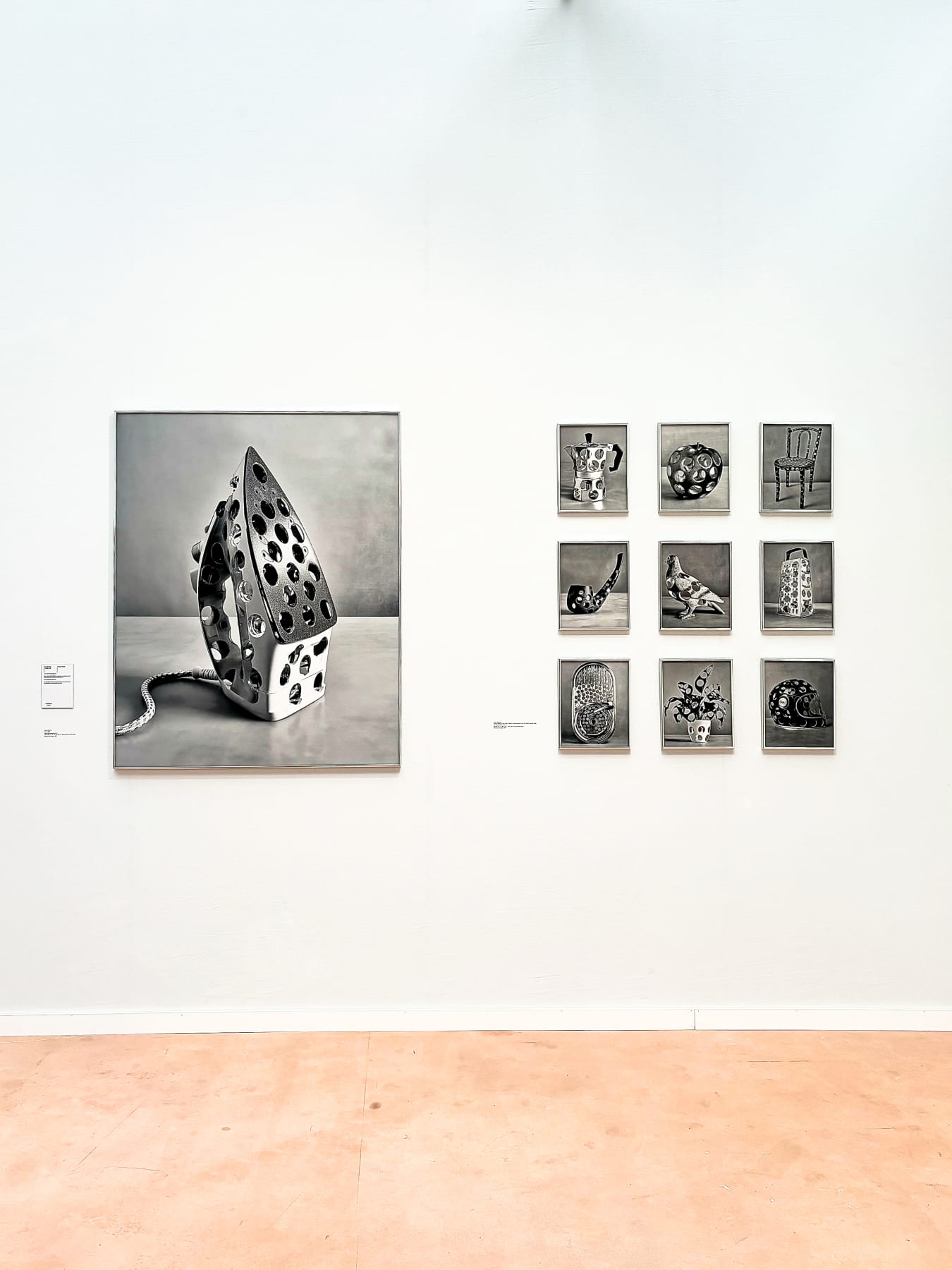
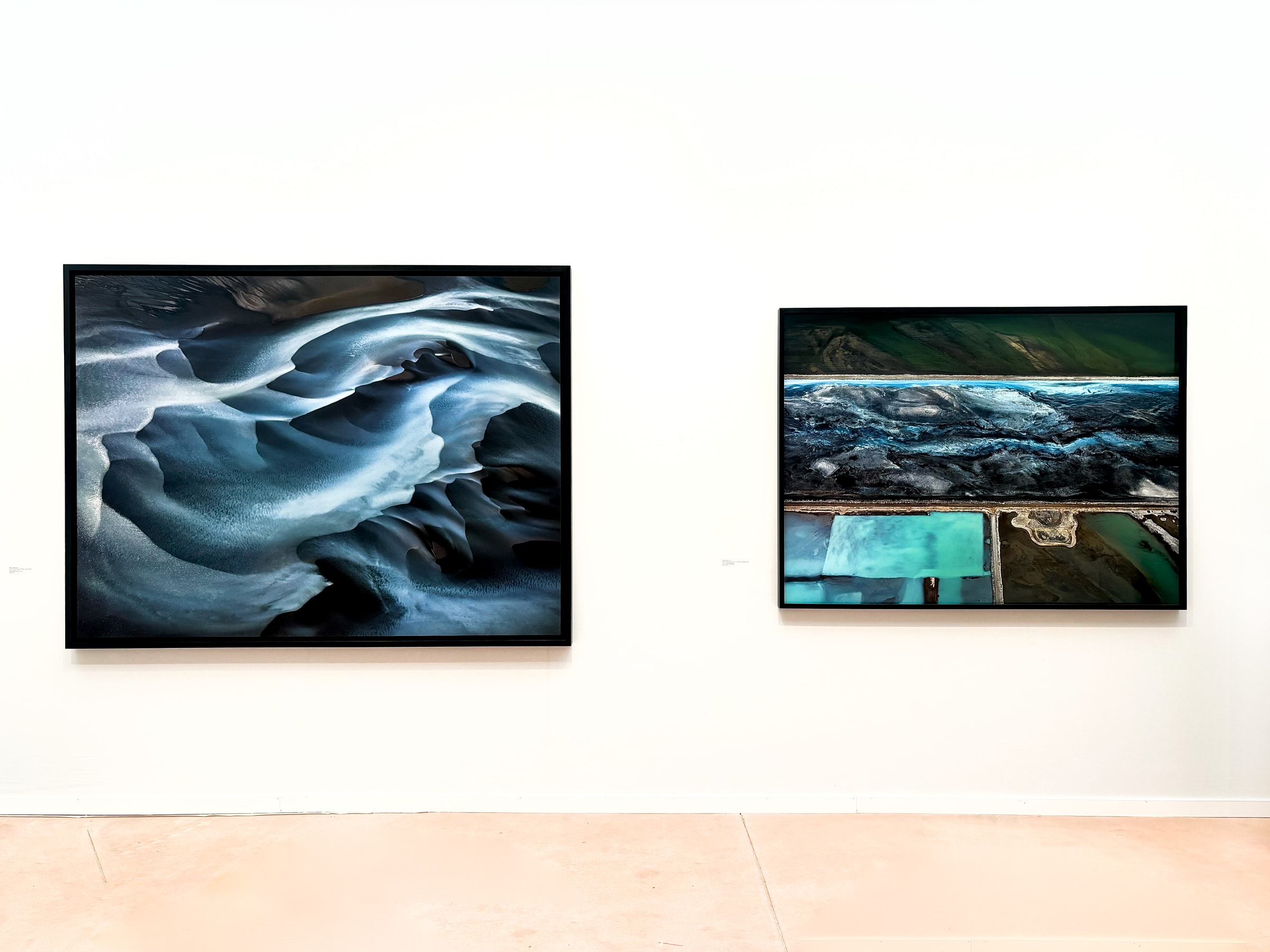

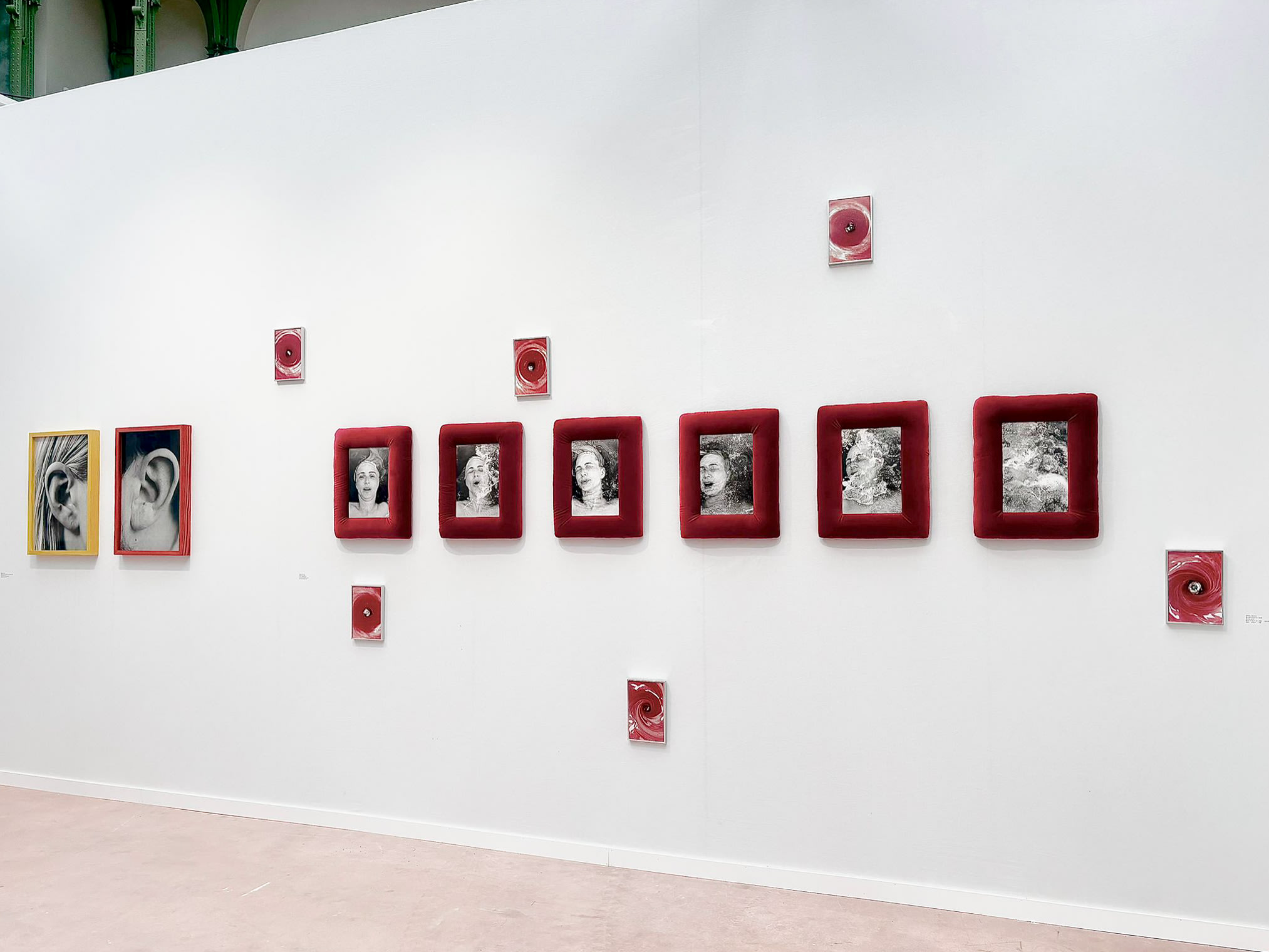
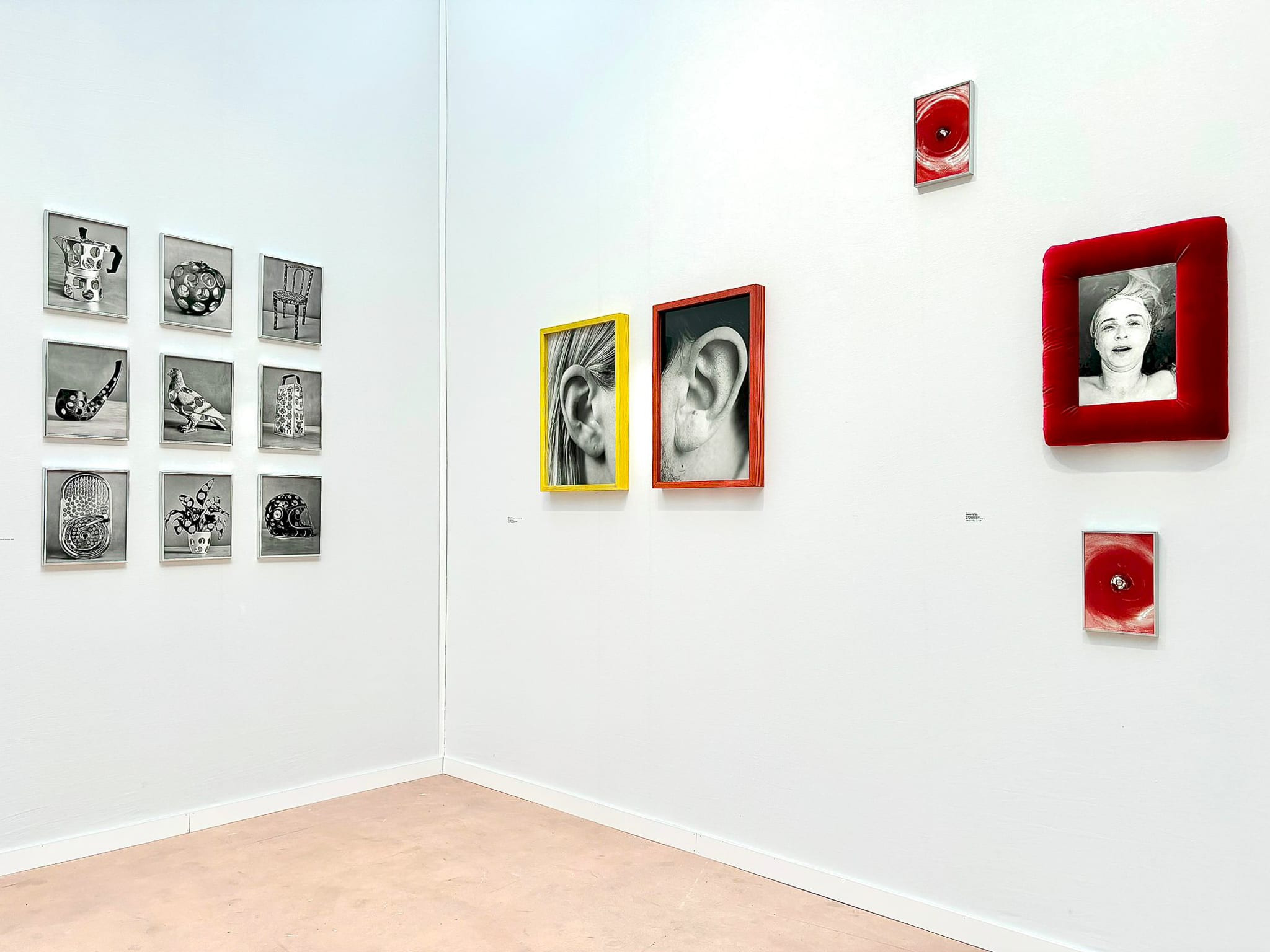
Paris Photo
Edward Burtynsky
Edward Burtynsky is a Canadian artist renowned for his sustained investigation of the "indelible human signature" on the planet, caused by incursions into the landscape on an industrial scale. Burtynsky's large scale aerial photographs reference the sublime and often surreal qualities of human-altered landscapes with an abstracted painterly language. Chronicling the major themes of terraforming and extraction, urbanisation and deforestation, Burtynsky conveys the unsettling reality of sweeping resource depletion and extinction. Burtynsky says: "Our dependence on nature to provide the materials for our consumption and our concern for the health of our planet sets us into an uneasy contradiction. For me, these images function as reflecting pools of our times."
Following Edward Burtynsky's successful retrospective Extraction/Abstraction at Saatchi gallery this year, we are exhibiting 'Cerro Prieto Geothermal Station #2, Sonora, Mexico', 2012 and a newly released image of the 'Ölfusá River #3' in the Southern Region of Iceland. Both images depict the dilemma of our modern existence; representing a dialogue between attraction and repulsion, the human impact shown in translucent blue and green tones, bisected by gold lines, reminiscent of a modernist stained-glass window.
Lisa Jahovic
Lisa Jahovic is a British multi-disciplinary artist based in London. Jahovic’s work is underpinned by an ongoing exploration of anthropomorphism - shifting between sculpture, film and photography to portray conceptual and often poetic ideas. Jahovic’s practice casts everyday objects as her protagonists, making the inanimate animated and creating unexpected dialogues, giving voice to the seemingly mundane. Through the language of performative sculpture, she communicates ideas about identity, memory, and the nature of existence.
‘A Map of Absences’, an exploration initially derived from Lisa having lunch at her studio and looking at the apple and the corer and thinking how she could challenge the two well-acquainted objects in a new way. She kept the core of the apple intact but cored out as many holes as she could into the surface of the form, whilst still retaining the apple’s structural integrity. The finished piece made her think of the story of William Tell (when the father shoots an arrow at the apple on top of his son’s head). This connection highlighted the potential for multiple narratives within a single artwork. Each piece in the series seems to express various possible stories about how the holes were made, inviting viewers to unravel these narratives themselves.
Gabby Laurent
Gabby Laurent investigates the dichotomy between the safe and domestic and the dangerous and vulnerable. Often using herself as subject, Laurent’s practice rests at the junction between photography and performance, inspired by feminist and performance art history.
The ‘Overkill’ work is intended to speak to resilience. The person in the images is seen drowning, a highly tense performance, presented in beautiful red velvet frames, surrounding danger with comfort and softness.
This red/water theme continues in the ‘Whirlpool’ images. Red water swirling into a bath plughole visualising the exploration of comfort and danger that are a common duality in Laurent’s work.
Esther Teichmann
Esther Teichmann’s photographs, films and writings, picture mothers like caves, sisters like seashells, lovers like moons, tears like waterfalls. Entering the octopus’ darkness of Teichmann’s caverns we find ingestion and emission, mother and daughter, sister and sister, lover and lover, surrealism’s erotic jolt: the irritant that makes the pearl. Seashells with apertures like cameras. The womb as oceanic. Lovers as moons. Holding as withholding. Day as night. Narratives of loss and desire are entangled like the glistening tentacles wrapped around the bodies depicted. Thinking about our bodies as sites of knowledge production, Teichmann reimagines space and encounters through feminist subjectivity, exploring the relationship between fiction, myth and lived experience.
The ‘Sirens’ Song’, is a series of new textile works - layered and dyed fabrics, sourced from the artist’s mother’s ‘cloth-chest’ in her childhood home (old curtains, bedsheets, and off cuts) are printed as cyanotype prints, sewn together to create unique tapestry collages. With ‘Medusa’, Teichmann repurposes a found antique Victorian screen, upholstering the panels with cyanotype photograms of seaweed. The oceanic and the (female) body are brought together, within this unique sculptural piece. The screen is a sculptural, ornamental, and functional piece at once. Screens historically acted as room dividers often in bedrooms, creating private spaces to undress behind, invoking the erotic, the intimate and bodily within the domestic.




